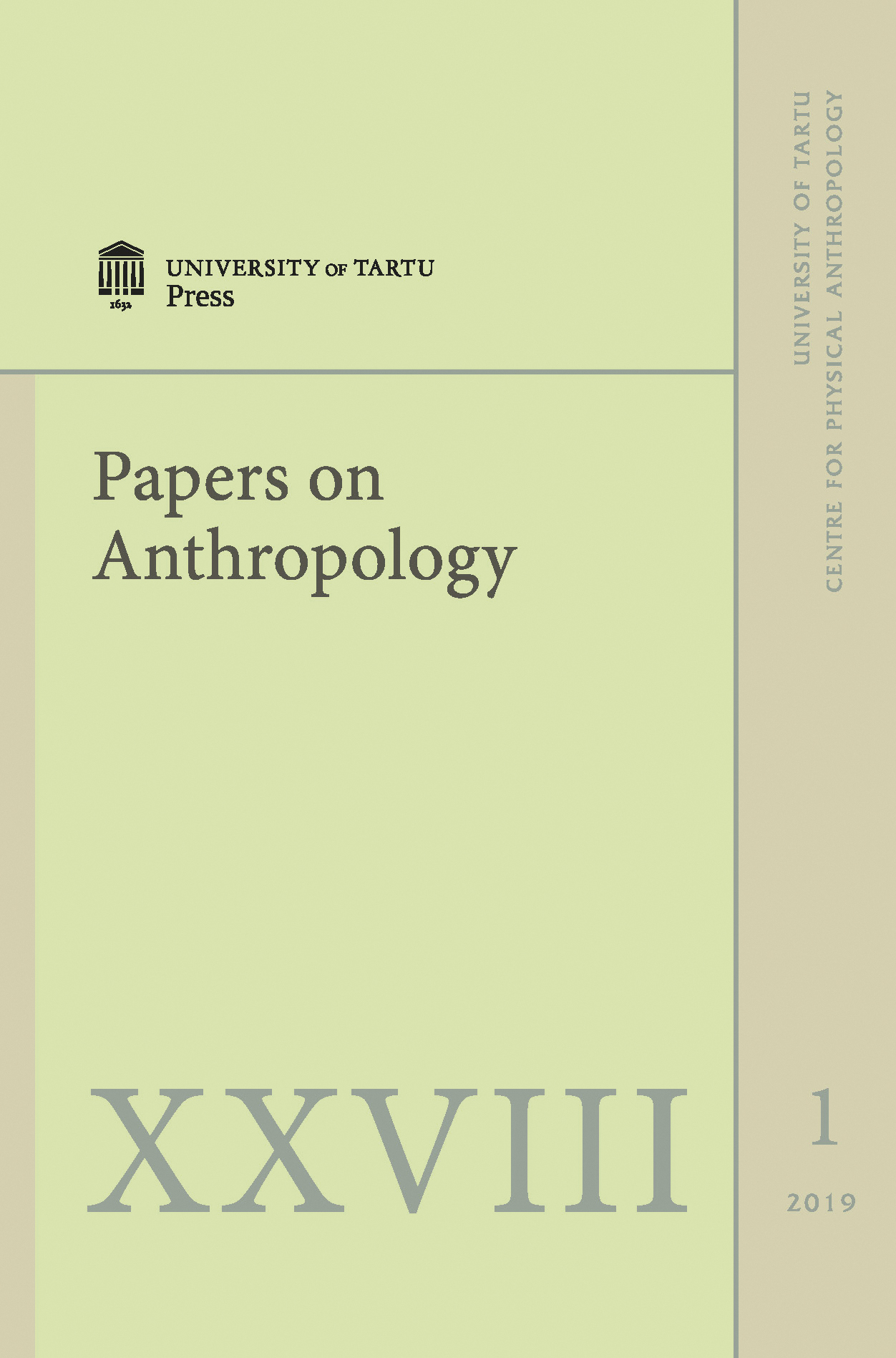Characterisation of blood vessels used for coronary artery bypass surgery
DOI:
https://doi.org/10.12697/poa.2019.28.1.02Keywords:
Vena saphena magna, coronary artery bypass surgeryAbstract
Saphenous veins are commonly used as coronary artery bypass grafts. Therefore, it is important to understand the vein wall morphology used for the bypass grafts.
Methods. Ten specimens of saphenous veins were obtained from 10 patients admitted to the Heart Surgery Centre of P. Stradiņš Clinical University Hospital for coronary artery bypass surgery and a histopathological study was conducted. The slides were processed for histological routine and immunohistochemical staining with following markers: endothelin (ET), metallomembranoproteinase 2 (MMP2), tissue inhibitor of metalloproteinase 2 (TIMP2), transforming growth factor beta (TGF β), hepatocyte growth factor (HGF), vascular endothelial growth factor (VEGF), protein gene product 9.5 (PGP9.5), vascular cell adhesion molecule (VCAM), intercellular adhesion molecule (ICAM). For the analysis of the positive structures detected by immunohistochemistry, a semiquantitative evaluation method was used.
Results. Normal histoarchitecture of the vein wall was evaluated by routine staining. Moderate positive endothelin containing endothelial cells and moderate to numerous positive VEGF cells were found on small blood vessels. Moderate positive MMP2 structures and variable – mainly moderate to numerous positive TIMP structures – were found in vein wall. Positive structures were evaluated as equal with both MMP2 and TIMP, with one exception where MMP2 positive structures were evaluated as moderate, but TIMP positive structures as few. All specimens were rich in TGFβ, VCAM and ICAM cells. Abundance of VCAM and ICAM positive endothelial cells was also found. Few HGF positive structures were found in tunica intima and few PGP9.5 positive nerve fibres in tunica adventitia.
Conclusions. Rich expression of TGFβ, VCAM, ICAM is characteristic for saphenous vein. A number of VEGF, MMP and TIMP positive cells found in saphenous vein wall indicates a presence of tissue remodelling and ischemia, while low number of HGF positive cells shows its lesser involvement in homeostasis regulation.

